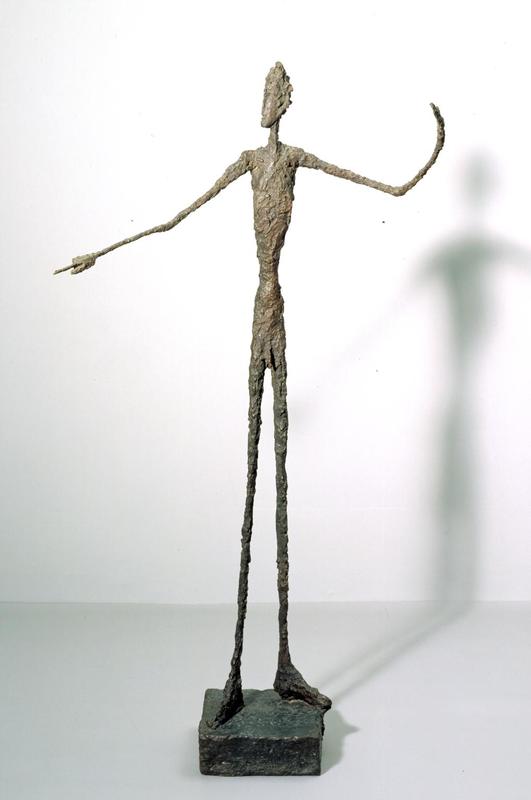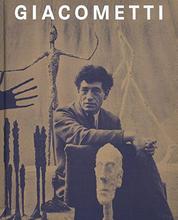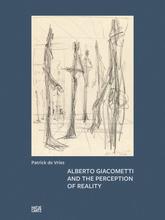More about Man Pointing
- All
- Info
- Shop

Contributor
This piece stands as proof that Giacometti could procrastinate with the best of ‘em.
Though this sculpture shows no indication of being thrown together at the last minute, that is exactly what happened. Giacometti was quoted saying, “I did that piece in one night between midnight and nine the next morning” and when the men from the foundry came to pick it up, “the plaster was still wet.” Personally, I wish I could do anything as well as Giacometti half-assed this sculpture, but you can’t have everything.
This sculpture was also supposed to be part of a bigger piece that included another figure tucked under the arm of this one, but Giacometti got over the idea and decided that this little guy could stand on his own two feet.
Jean-Paul Sartre, the Existentialist philosopher and friend of the artist, said that Giacometti’s sculpture was “always halfway between nothingness and being,” which we can completely see in this manorexic figure, stripped of all muscle and fat. The imprint of both World War I and World War II are huge influences in his work. Sartre also said that, “At first glance we seem to be up against the fleshless martyrs of Buchenwald [concentration camp]. But a moment later we have a quite different conception: these fine and slender natures rise up to heaven. We seem to have come across a group of Ascensions.” Classic Existentialism, am I right? But it is a beautiful thought.
As you can see, Giacometti (along with most Surrealists) had a very different grasp on reality than most people. The style of sculpture that he is known for – the waify, lumpy stick figures – is an attempt to portray his view of the models and how he believed they should be seen. He said that his sculptures were not of the classic human shape but of “the shadow that it cast” and represented the sensation he felt when looking at a woman. If that seems perturbing, it's because it is...who looks like that??














